Product Consultation
Your email address will not be published. Required fields are marked *
Nylon elastic yarn, spandex elastic yarn, and polyester elastic yarn are commonly used in textiles that require stretch, durability, and comfort. These yarns appear in garments such as sportswear, underwear, hosiery, swimwear, compression garments, and flexible accessories. Although they serve similar purposes, each type of elastic yarn has differences in performance, texture, cost, resilience, and processing requirements. Understanding how nylon elastic yarn compares with spandex and polyester elastic yarn helps manufacturers, designers, and buyers make decisions that align with functional needs, budget considerations, and production methods.
Nylon elastic yarn is generally produced by blending or covering nylon fibers with elastic components or by texturizing the nylon to provide stretch and recovery. It is known for its soft feel, moderate elasticity, and resistance to wear. Its flexibility suits garments that need repeated expansion, such as socks and waistbands. The yarn can be engineered through covered yarn techniques, composite spinning, or draw texturing processes that help it recover after stretching. It drapes well and can adapt to fabric structures without excessive stiffness.
Spandex elastic yarn, also called elastane in some regions, has high stretch capacity and strong recovery characteristics. It can extend several times its original length without breaking and can conform closely to the body. Spandex lacks the surface softness of nylon and is often combined with other fibers to improve texture. Its elasticity is often the reason it is used in performance textiles. Even when used in small proportions, spandex provides strong flexibility and shape retention in garments that need resistance to deformation during movement.
Polyester elastic yarn is created by using polyester fibers blended or combined with elastic filaments, or by texturizing polyester to provide stretch. It is valued for its resilience to environmental conditions, resistance to wrinkling, and relatively stable manufacturing cost. Polyester elastic yarn is frequently used in everyday apparel and home textiles. Although it may not stretch to the same extent as spandex, it often provides a balanced mix of durability, resistance to moisture, and ease of maintenance. Its texture may vary depending on filament count and finishing.
| Yarn Type | Main Characteristic | Typical Use |
| Nylon Elastic Yarn | Moderate stretch and soft touch | Socks, waistbands, undergarments |
| Spandex Elastic Yarn | High stretch and shape memory | Performance wear, compression fabrics |
| Polyester Elastic Yarn | Durability and consistent recovery | Casual wear, sportswear blends |
Nylon elastic yarn offers moderate elasticity and satisfactory recovery. It can extend and return to shape but may not deliver the same degree of stretch as spandex. In contrast, spandex elastic yarn is known for its ability to stretch several times its length and snap back quickly. This makes it suitable for tight-fitting sportswear and garments requiring high mobility. Polyester elastic yarn generally sits between nylon and spandex in terms of extensibility, providing reliable stretch without excessive deformation over time. While not as powerful as spandex in recovery, polyester yarn maintains its structure during regular use and washing.
Durability is a key factor for elastic yarn in activewear and hosiery. Nylon elastic yarn is known for abrasion resistance and holds up well under repeated friction and tension. It resists pilling and maintains fiber integrity when exposed to physical strain. Spandex elastic yarn, while highly elastic, may require protection from rough handling and may lose some strength over time if frequently overstretched. Polyester elastic yarn offers resistance to wear and can retain mechanical strength in blended fabrics. It may, however, be less forgiving if overstretched beyond its capacity, where it can lose some recovery.
Comfort depends on surface softness, breathability, and interaction with the skin. Nylon elastic yarn tends to feel smoother and more pleasant against the skin due to the nature of nylon fibers. When blended or covered, the texture becomes even softer. Spandex elastic yarn often feels less soft on its own and is usually incorporated with other materials to improve comfort. Polyester elastic yarn can feel slightly firmer than nylon but technology in texturing has improved its tactile qualities. In everyday wear, polyester-based blends can deliver moderate softness, though the sensation may vary depending on the finishing processes used.
| Property | Nylon Elastic Yarn | Spandex Elastic Yarn | Polyester Elastic Yarn |
| Primary Texture | Smooth and flexible | Less soft alone | Moderately soft |
| Comfort Level | High in blended fabrics | Enhanced by mixing with other fibers | Moderate to high depending on finish |
Exposure to moisture, sweat, detergents, and sunlight can affect elastic yarn performance. Nylon elastic yarn can absorb some moisture and may weaken if exposed to chlorine or high-alkaline environments. It performs well in moderate humidity and retains elasticity as long as washing conditions are controlled. Spandex elastic yarn can degrade in the presence of certain chemicals or high heat, and it may show slower recovery if repeatedly exposed to aggressive cleaning agents. Polyester elastic yarn resists moisture absorption, handles repeated washing with less shrinkage, and maintains dimensional stability. It also resists UV exposure better than nylon and spandex under many conditions.
Manufacturers weigh ease of processing, equipment compatibility, and material availability when selecting yarn types. Nylon elastic yarn is relatively straightforward to produce and combines easily with other fibers through covering or core-spinning techniques. Spandex elastic yarn may require specialized equipment due to its high stretch and sensitivity to overheating during processing. Polyester elastic yarn is widely used in existing production lines and adapts to processes such as texturizing, air-covering, or blending with natural fibers. The choice depends on factory setup, product goals, and cost planning.
Color performance is important for apparel and decorative fabrics. Nylon elastic yarn accepts dye well, especially acid dyes, and can achieve deep shades with consistent results. It can, however, be sensitive to high-temperature dye baths if not carefully controlled. Spandex elastic yarn may require special dyes and careful temperature settings to prevent damage or reduced elasticity. Polyester elastic yarn often uses disperse dyes and tends to maintain color over time with reduced fading. Colorfastness in polyester blends is generally steady under light exposure and laundering. Each material responds differently to dyeing methods, and choosing suitable dyes and protocols affects the final outcome.
| Aspect | Nylon Elastic Yarn | Spandex Elastic Yarn | Polyester Elastic Yarn |
| Dye Affinity | Strong with acid dyes | Requires special processes | Effective with disperse dyes |
| Colorfastness | Moderate under regular washing | Variable depending on handling | High in most applications |
Moisture transport and breathability influence thermal comfort. Nylon elastic yarn has moderate moisture absorption, which can aid in evaporative cooling but may retain some dampness if ventilation is limited. Spandex elastic yarn has low moisture absorption and typically does not manage sweat independently, requiring blending with moisture-wicking fibers. Polyester elastic yarn is hydrophobic and dries relatively quickly, which makes it suitable for activewear. Its breathability relies on fabric construction and whether it is mixed with other fibers that promote air circulation. The overall comfort level involves how the yarn behaves within the textile structure.
Pricing affects decisions in apparel manufacturing and product development. Nylon elastic yarn generally sits in a moderate price range due to the cost of nylon production and finishing steps. It is considered cost-effective for a range of mid-level products. Spandex elastic yarn may be higher in price due to complex manufacturing processes and specialized equipment needs. Its cost can be balanced by mixing with cheaper fibers. Polyester elastic yarn often provides a balance between cost and functionality. It may be more economical to produce at scale, making it appealing to manufacturers targeting cost-sensitive markets without sacrificing stretch requirements.
Each elastic yarn type aligns with specific sectors. Nylon elastic yarn is common in hosiery, socks, lingerie, and garments requiring flexible yet smooth fabrics. Its resistance to scuffing and twisting contributes to shape retention in these categories. Spandex elastic yarn leads in high-performance sportswear, dancewear, swimwear, and compression garments where extensive stretch is necessary. Polyester elastic yarn covers a wide range from activewear to casual apparel, offering steadiness and color retention in outdoor or leisure use. The application dictates the performance demands and influences yarn selection.
Concerns about resource use and environmental impact are shaping choices in textile materials. Nylon elastic yarn can come from virgin sources or recycled nylon, though recycling facilities and processes are not yet universal. Spandex elastic yarn poses challenges in recycling due to its structure and resistance to easy separation from other fibers. Polyester elastic yarn has increasing availability in recycled form, supported by recycling infrastructure in many regions. The environmental footprint of each yarn depends on production energy, chemical use, and disposal possibilities. Manufacturers and designers increasingly consider life cycle factors in addition to performance needs.
When comparing nylon elastic yarn with spandex and polyester elastic yarn, it helps to look across multiple attributes. Nylon offers a balanced mix of comfort, strength, and moderate stretch, fitting well in garments needing flexibility without high compression. Spandex provides the highest level of elasticity and shape recovery, ideal for tight-fitting and performance garments. Polyester elastic yarn serves as a versatile option with good durability, favorable cost, and dependable dyeing properties. The relative advantages depend on the precise demands of garment function, processing capacity, and consumer expectations.
| Feature | Nylon Elastic Yarn | Spandex Elastic Yarn | Polyester Elastic Yarn |
| Elasticity Level | Moderate | High | Moderate |
| Durability | Strong | Good | Consistent |
| Comfort | Soft and flexible | Requires blending | Varies by finish |
| Dyeing | Accepts color well | Needs careful process | High colorfastness |
| Moisture Handling | Moderate absorption | Low absorption | Quick drying |
| Cost Range | Moderate | Higher on average | Moderate to low |
| Environmental Impact | Recyclable in some forms | Difficult to recycle | Widely recyclable |
Textile producers often consider consumer trends, wear conditions, and regional regulations. Nylon elastic yarn remains popular where touch and flexibility matter, especially in close-to-skin garments. Spandex elastic yarn responds to the need for tailored fits, stretch-intensive apparel, and performance under movement. Polyester elastic yarn is accepted in various garment categories for its durability and ease of care. Consumer feedback about comfort, maintenance, and fit influences the proportions of these yarns in fabric blends, ensuring that the textile meets expectations in terms of feel and longevity.
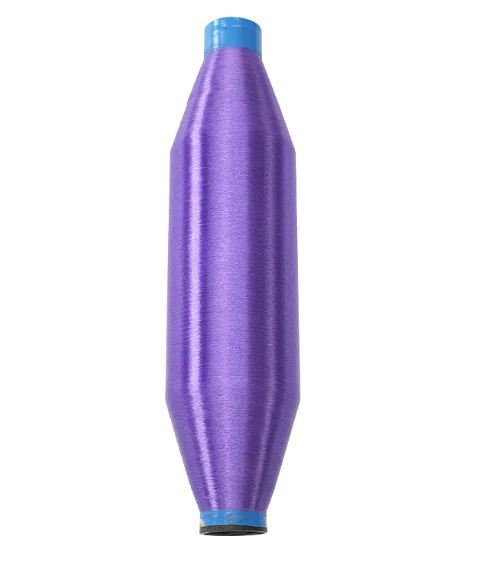
How does nylon monofilament compare to other synthetic monofilaments like polyester or polypropylene in terms of strength and durability?
2025-09-17
What are the key indicators for determining the quality of nylon monofilament yarn?
2025-10-01Your email address will not be published. Required fields are marked *
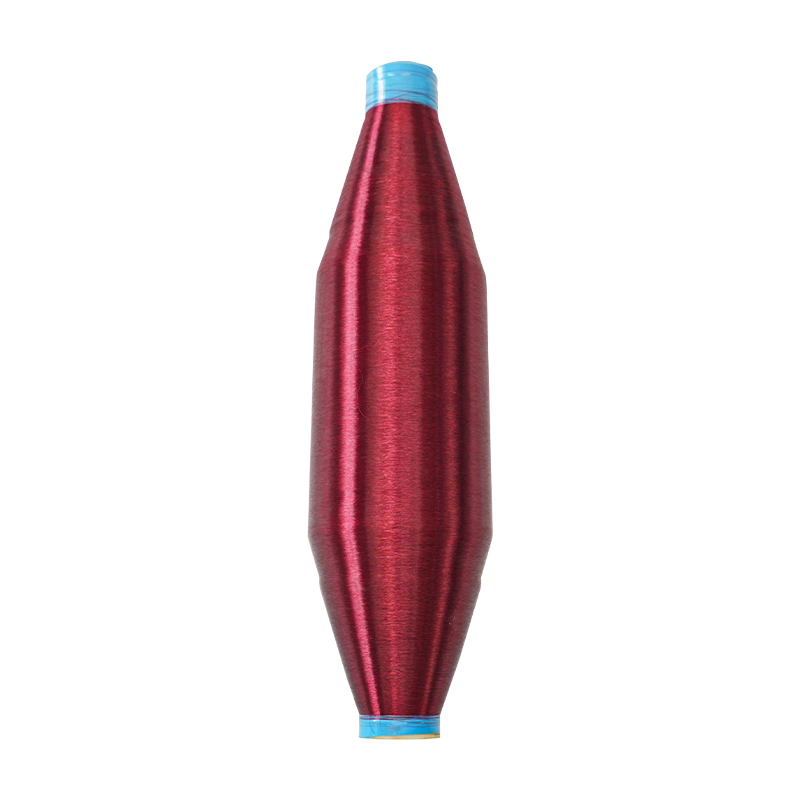
Biodegradable nylon yarn biodegrades faster in the environment than traditional synthetic fibers, helping to reduce negative environmental impacts. It also has the properties of nylon fiber, such as h...
See Details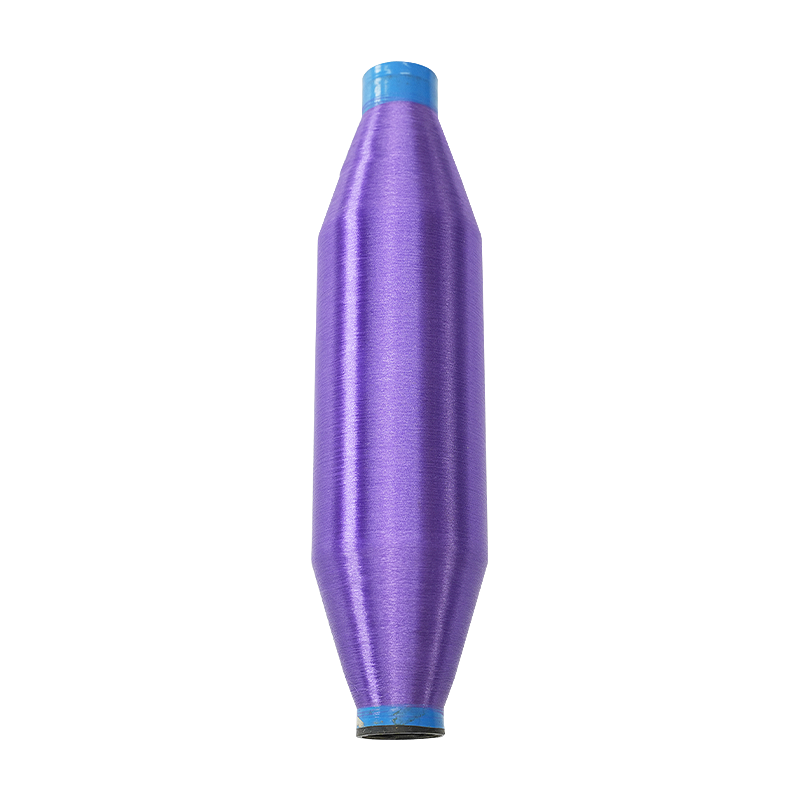
Single Strand Biodegradable Yarn is a single-strand structure, consisting of a single fiber bundle with no multiple strands tangled together. This structure makes the yarn softer, and smoother and exh...
See Details
60D woven Antiviral Yarn is thin overall and suitable for making light and soft textiles. Nylon fiber has a soft feel and good breathability. This yarn is usually used to weave fabrics and can be made...
See Details
Elastic high-performance polyamide multifilament refers to a synthetic fiber made from polyamide polymer (commonly known as nylon). Resilient and high-performance properties make it suitable for a var...
See Details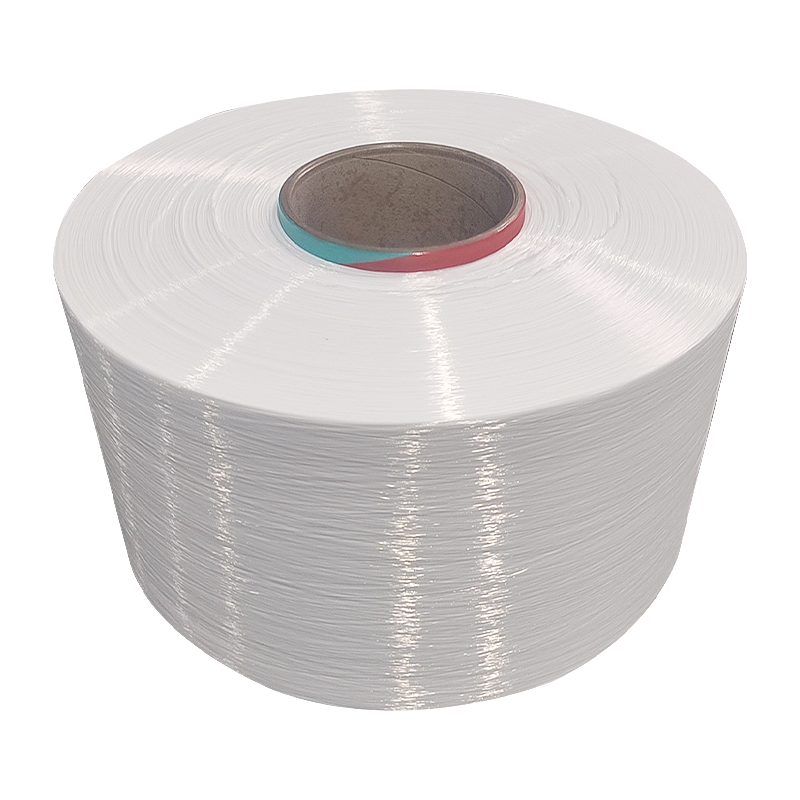
The diameter of Durable woven nylon mother yarn is 240D, the fiber thickness is medium, and it is suitable for the manufacture of a variety of textiles. This product has good tensile strength and will...
See Details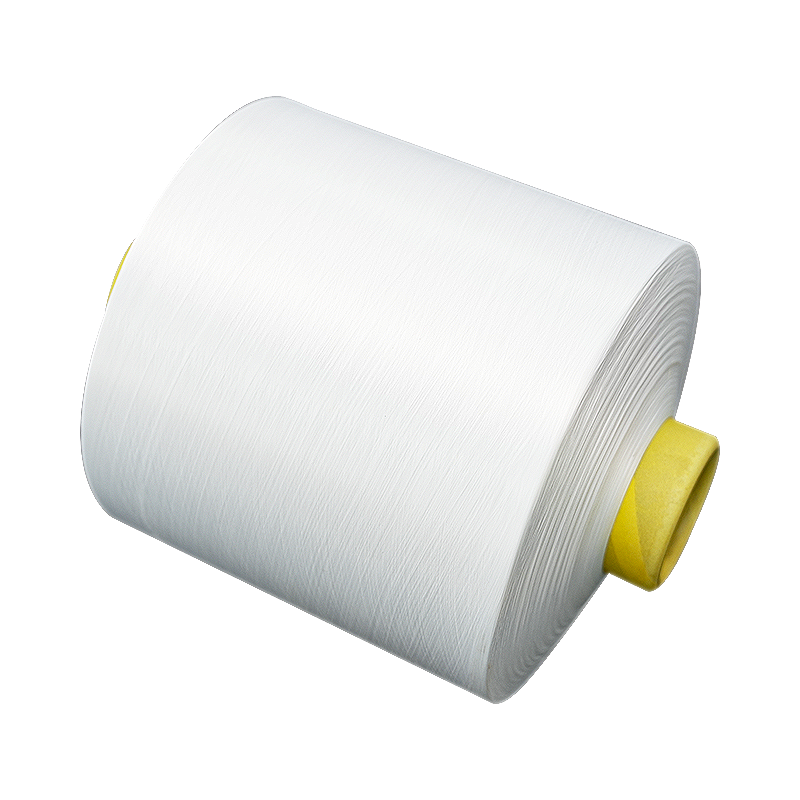
100D Nylon Elastic Yarn has a moderate thickness and good dyeing properties, which can achieve uniform and durable dyeing effects, making textiles bright and long-lasting in color. A yarn frequently u...
See Details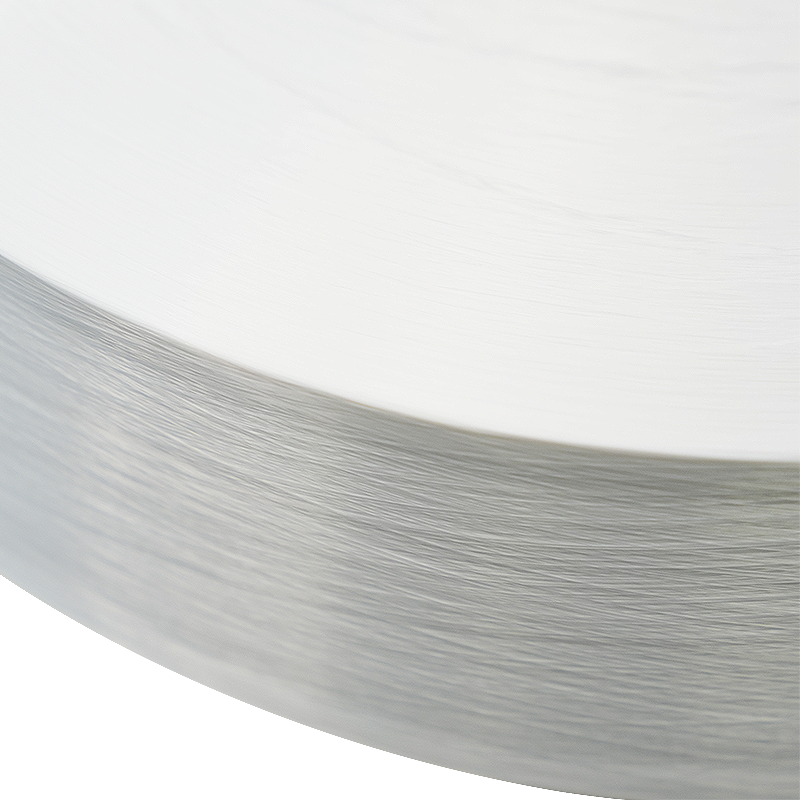
Polyester FDY yarn for weaving has high strength. After FDY yarn is fully stretched, the strength is even better and is suitable for manufacturing fabrics requiring high strength. The fabric made usin...
See Details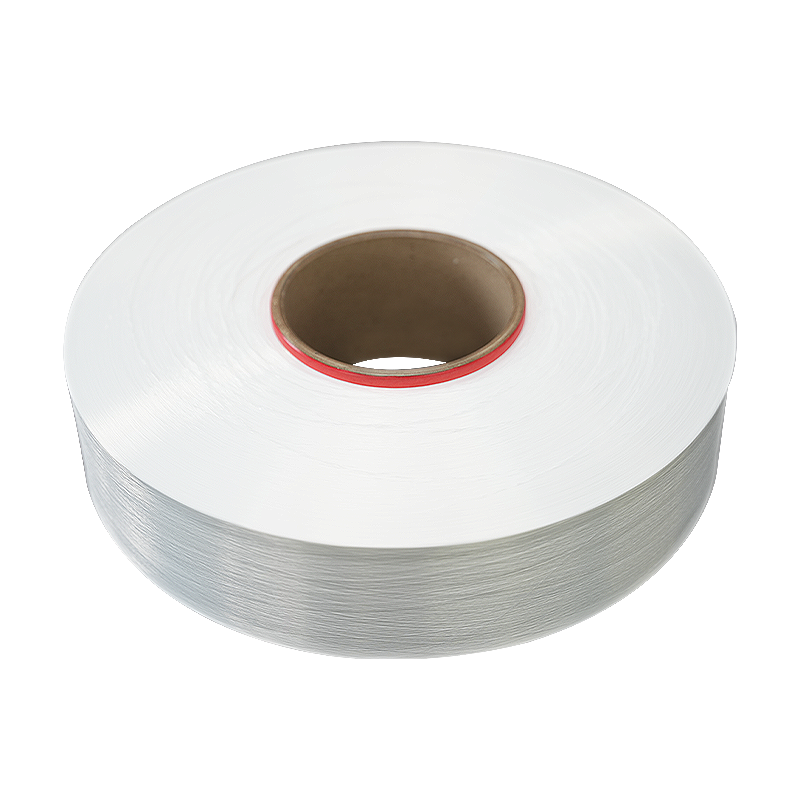
Nylon composite yarn has high strength and toughness. Textiles made with Nylon composite yarn have good stretch resistance and tear resistance. This yarn has a wide range of applications and can be us...
See Details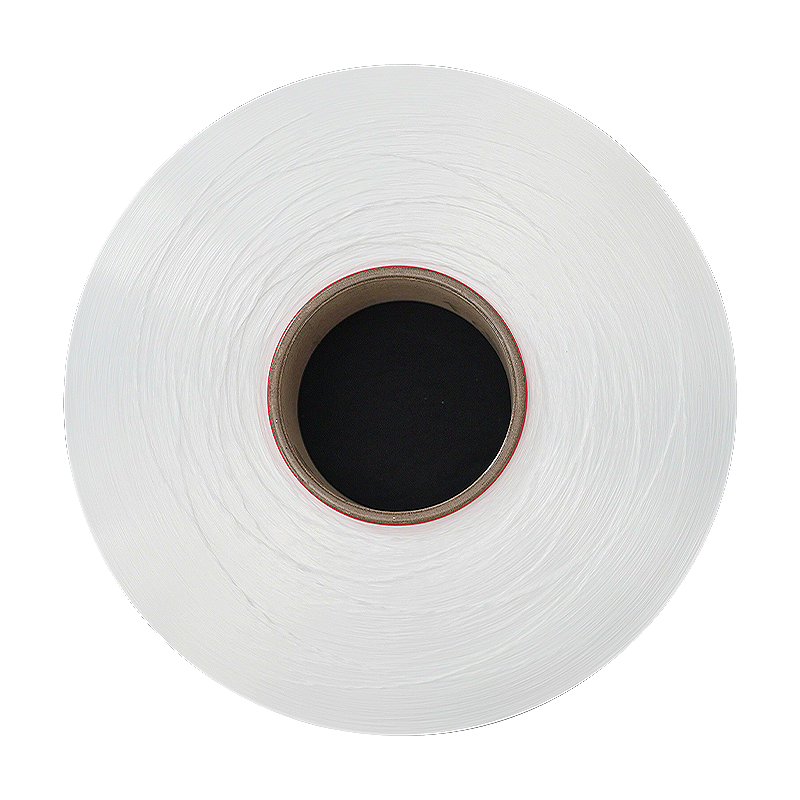
140D Durable low-melt FDY yarn is suitable for the manufacture of various textiles, especially for the preparation of composite fabrics, such as polyester-cotton blended fabrics or elastic fabrics. Th...
See Details
Cooling brushed durable FDY yarn has high durability and is suitable for manufacturing textiles that require wear resistance and durability. It is not easy to wear out after long-term use. Textiles of...
See Details
210D Permanent Cooling FDY Yarn is suitable for the manufacture of various textiles, such as sportswear, outdoor equipment, household items, etc. Textiles made of this material often have good breatha...
See Details
Water-repellent blended FDY yarn has good waterproof properties. This characteristic makes Water-repellent blended FDY yarn a greater advantage when making textiles with high waterproof requirements s...
See DetailsAddress: Duntou industrial park, haian county, nantong city,jiangsu province ,China.
TEL: +86 15850491859
E-mail: sales-betty@hsnylon.com
If You Are Interested In Our Products, Please Consult Us